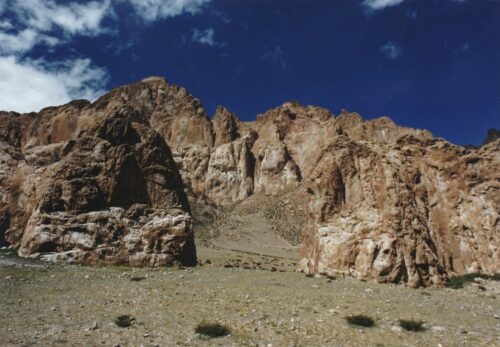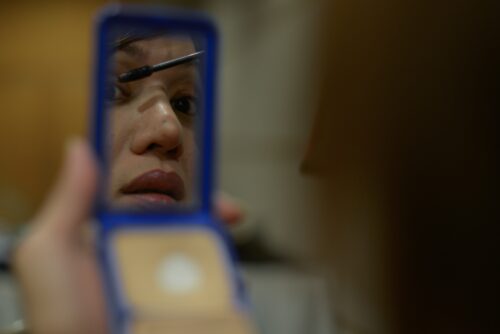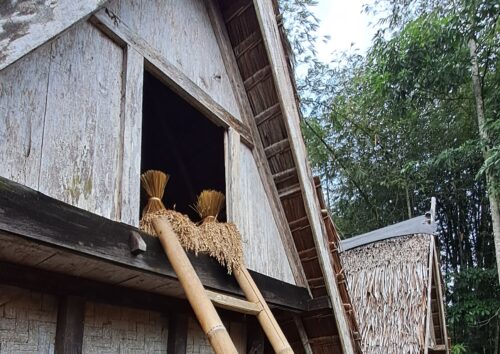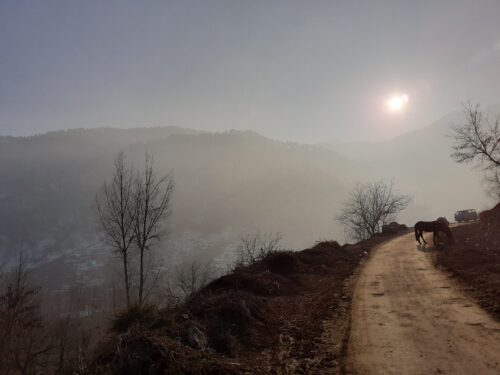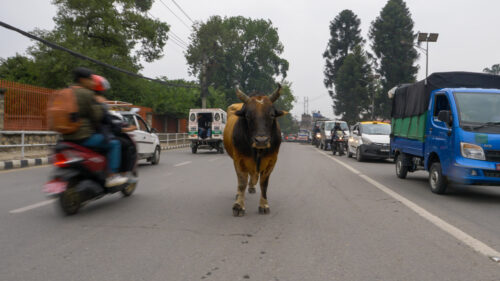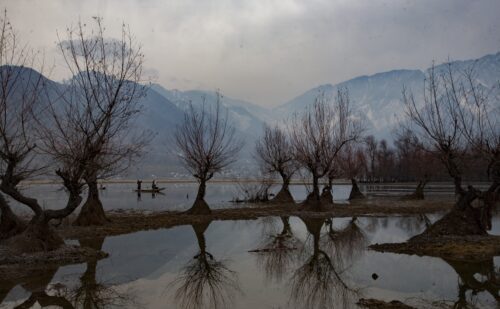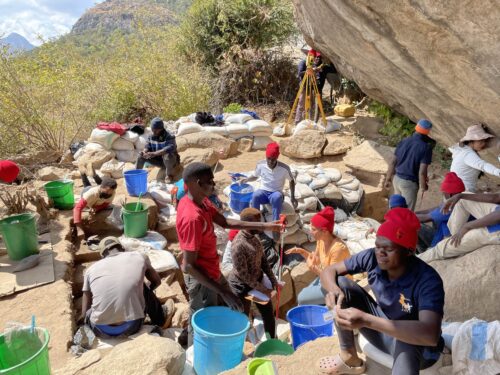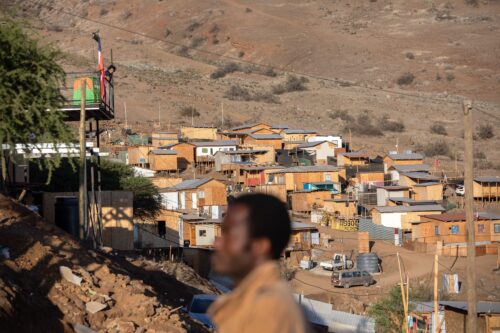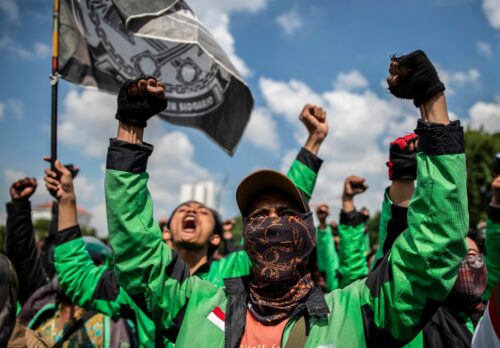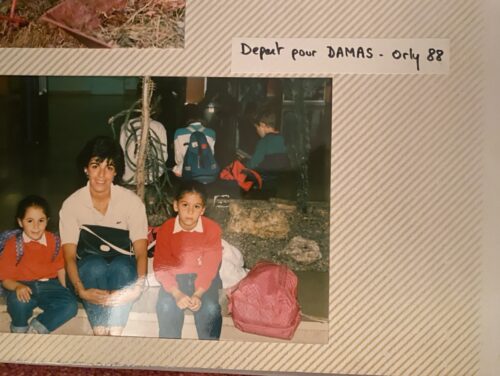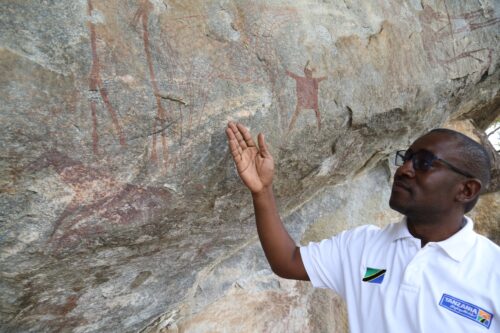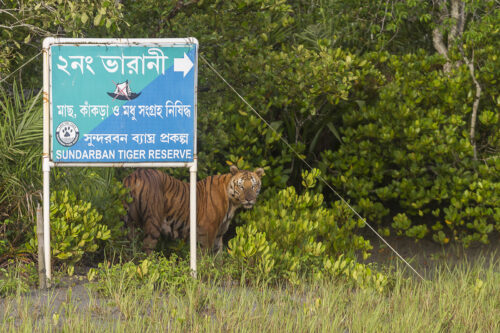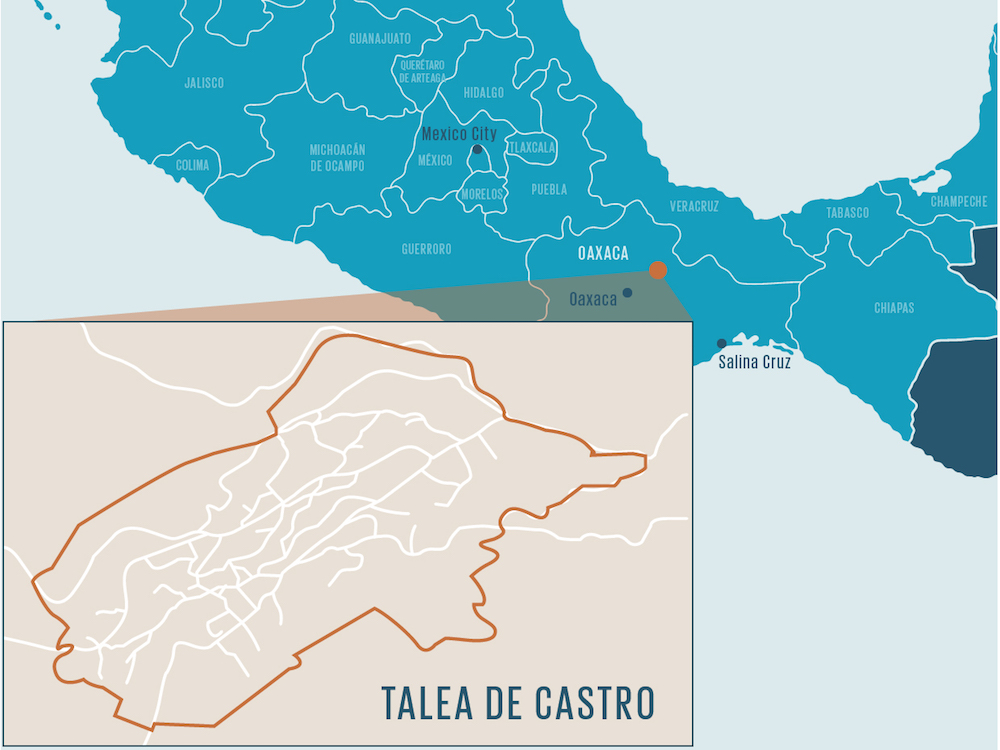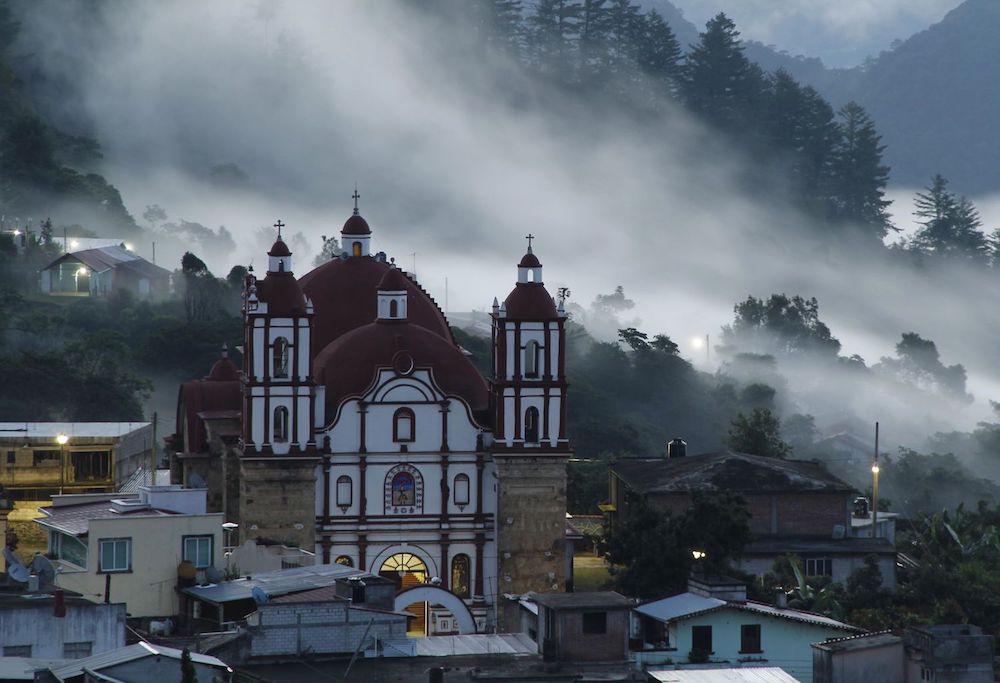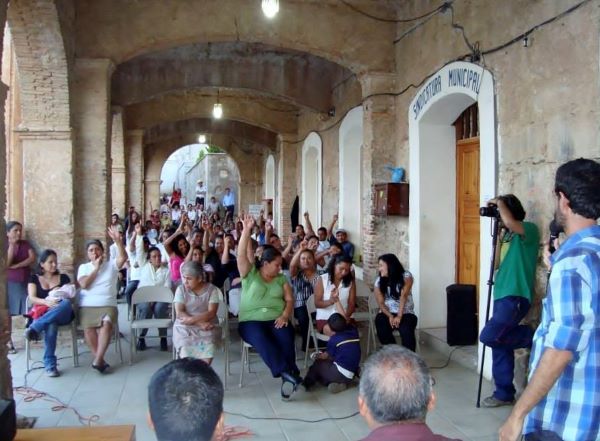Why a Mexican Village’s DIY Cellphone Network Matters
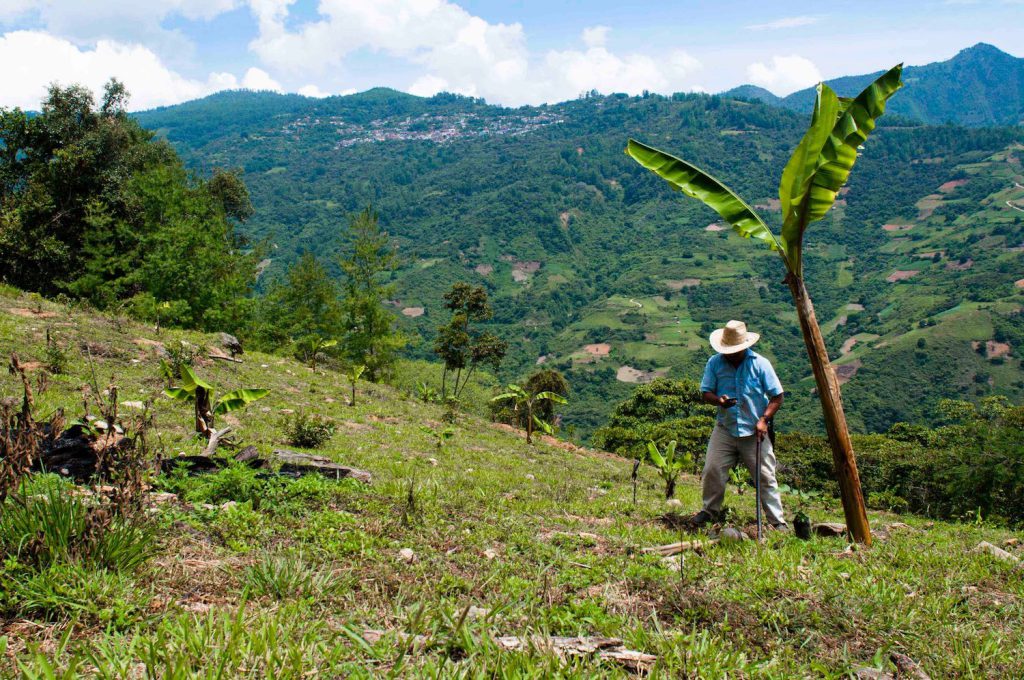
Imagine you’re in a picturesque Mexican village, nestled high in the mountains of the Sierra Madre.
In your hand, you’re gripping a cellphone. You’re staring at your device’s signal bars, hoping to see them come alive for the first time.
Suddenly, the bars glow brightly. Success!
You continue testing the network, winding up steep cobblestone paths between sunbaked, stucco houses. Gleeful cheers begin erupting everywhere. Stunned villagers stagger outside, holding cellphones.
“I’m connected!” cries a woman, raising her device.
“I just called Mexico City!” bellows another.
“¡Madre Santísima … tenemos servicio! We have service!”
It’s the jubilant celebration of underdogs who have—for the moment—outwitted corporate elites.
This was the scene eight years ago when, after vainly waiting for government bureaucrats and Big Telecom to act, villagers in the southern Mexican state of Oaxaca took matters into their own hands to form their own cellphone network. For months, they’d been plotting and planning. Then, they emerged victorious.
The pueblo enjoyed its 15 minutes of fame that year. Flocks of reporters from BBC News, WIRED, USA Today, and other outlets descended upon the community. Most portrayed the villagers as small-town Davids defeating greedy tech Goliaths.
But this wasn’t a biblical parable of good over evil. It was, and continues to be, a complicated drama of triumph, tribulation, and tragedy with no definitive ending. In the sierra, villagers now enjoy the right to internet access—what some call the freedom to connect. But many are ambivalent about how these technologies might be threatening their way of life.
The story begins in Talea de Castro, population 2,400, a community made up mostly of Indigenous Zapotec people. Here, the majority of residents survive by growing corn, beans, and some coffee on the side. The village also includes a few merchant families that own convenience stores, clothing boutiques, cantinas, and carpentry shops.
When I first traveled to Talea in 1994, the gorgeous landscape overwhelmed me. I immediately saw a massive 19th-century church dominating the central plaza. Above the village lay ancient cloud forests, blanketed in fog. A brilliant patchwork of emerald, citrine, and sienna colored fields stretched out below. The rich aroma of fertile earth and roasted coffee beans mixed with the fragrance of shockingly colored orchids, bougainvillea, hibiscus, and passionflower spilling from adobe homes. Along the roadside, campesinos led clomping mules laden with bundles of neatly hewn firewood, while schoolchildren shot hoops in the town center.
But the pueblo wasn’t isolated from the rest of the world. I went there to study globalization’s effects on rural Mexico, and I found that the forces of capitalism, migration, and pop culture had already thoroughly reshaped Talea.
Today you’ll hear Mexican classics blaring from stereos—but you might also hear hits from the Beatles, Beyoncé, and Bob Marley. Travel is also part of everyday life. The road linking Talea to the outside world has never been busier. Every week, merchants make the four-hour bus trip to and from Oaxaca City, the state capital, to provision their shops. Teenagers leave the pueblo to attend metropolitan high schools. Many have migrated to the United States, hoping to earn their fortunes.
Around 2008, many of these well-traveled villagers began buying cellphones for their journeys. Some dreamed of bringing mobile service to the village. Talea had obtained more than 20 landlines in the early 1990s, but they were expensive, impractical, and rarely used.
Town leaders approached federal officials and representatives of América Móvil, Mexico’s biggest telecom company, about providing Talea with cellphone service. Corporate executives ignored them. When villagers persisted, the bigwigs claimed that bringing mobile service to the pueblo would be unprofitable, given its remote location and relatively small population.
But Taleans didn’t accept that excuse. As a friend bitterly reminded me, América Móvil was run by members of the Slim family—among the world’s wealthiest people. The company could have easily subsidized a rural project by tapping into its vast cash reserves, if it had wanted to.
The odds seemed impossible. But Taleans didn’t abandon their dream.
I now teach in the heart of Silicon Valley in California, where innovation is a buzzword. Some believe the region has a monopoly on inventiveness—as if Big Tech equals creativity. But living in Talea for more than two years (and returning there periodically over the decades) has taught me that the most original and elegant solutions to complex problems often sprout from unexpected places.
Talea, like many Oaxacan communities, has a refreshingly pragmatic approach to solving problems: Campesinos handcraft their own ergonomically designed tools; curanderas seamlessly integrate Indigenous, homeopathic, and biomedical remedies; intervillage cooperatives enable growers to get fairer prices for organic coffee.
So, perhaps it’s no surprise that the villagers would become pioneers in digital innovation. After telecom companies and regulators snubbed the pueblo, tech-savvy Taleans started looking for alternatives.
Villagers Kendra and Abrám (pseudonyms), both in their mid-30s, first attended a workshop on Indigenous media in 2011.
At the workshop, Kendra and Abrám met Peter Bloom, a U.S.-born communications expert, and Erick Huerta, a lawyer experienced in telecom policy. Two years earlier, Bloom and Huerta had co-founded Rhizomatica, a nongovernmental organization that seeks to expand cellphone service in rural regions and in Indigenous communities around the globe. They talked with the two villagers about creating a community mobile network.
Things moved at lightning speed. Rhizomatica gathered an eclectic group of engineers and hackers who were experimenting with OpenBTS, open-source software that allows cellphones to communicate with each other when connected to a base station. The software also enables networked devices to make internet calls with Voice over Internet Protocol (VoIP), a method popularized by Skype. OpenBTS only requires a suitcase-size base transceiver station, an antenna, electricity, and net access—as opposed to the expensive towers and equipment needed to operate large telecom networks.
Meanwhile, Kendra and Abrám were cultivating a human network of supporters to push things forward. They made presentations at asambleas, or town hall meetings, and soon hundreds of Taleans backed the plan. They voted to invest 400,000 pesos in municipal funds—equivalent to US$30,000 in 2013—to finance the venture.
After jumping through some complex legal hoops and securing political support from 30 Zapotec leaders from nearby villages, the team finally convinced regulators to green light their plan.
That’s what had led to the day in March 2013 when the Rhizomatica team piloted the network. To avoid a user overload, they had booted up the system without telling anyone, hoping for the best—and succeeded against all odds.
Kendra and Abrám knew that many Taleans had cellphones, but they hadn’t realized that more than 400 devices were within the base station’s reach. For years, villagers had been using their cellphones to snap photos, listen to tunes, and play videogames. Now the gadgets were fully activated. Rhizomatica’s team shut down the system to avoid a meltdown—then publicly rolled it out several days later.
There were glitches. Stormy weather and internet outages periodically hampered the network. Even so, villagers flocked to it. Within weeks, more than 700 had subscribed. Service was unbelievably reasonable: Local calls and text messages were free. Dialing the U.S. cost less than two cents per minute—a fraction of the price of landlines at the town’s single phone kiosk and internet cafe.
The future looked bright—but soon things would take a turn for the worse.
I won’t burden you with how Talea’s cellphone network imploded over the next few years.
There’s no need to go into the allegations of corruption and fiscal mismanagement directed against Kendra and Abrám, or the machinations of state legislators hellbent on destroying the network and discrediting the villagers who built it. I’ll spare you an explanation of why, after having been ignored by major telecom firms, the pueblo welcomed Mexico’s number two wireless provider, Movistar, which now holds a local monopoly and uses technology that imitates OpenBTS’ VoIP method. (You can find the full story in my book Connected: How a Mexican Village Built Its Own Cell Phone Network.)
Big Telecom has won out in Talea—at least for now—partly because of the seductive allure of a globally recognized brand and partly because many residents wanted to jump from 2G to 3G, from cellphones to smartphones.
Or, as I tell my students in Silicon Valley: Villagers abandoned the DIY network because they want to be like you.
Let’s look instead at the bigger picture: the lasting legacy of Talea’s cellphone experiment.
Most of the world’s population has no say in the web’s future or the design of digital technologies. Yet small-scale experiments around the globe hint at the possibility of a decentralized, locally oriented internet. Communities with successful examples hold the promise of a radical alternative—collaborative, bottom-up connectivity for all.
Indigenous communities are stitching these systems onto a durable cultural fabric—tightly knit networks woven over centuries that serve as a protective covering against external threats.
Oaxaca is a case in point. Soon after Talea launched its network, Rhizomatica helped other Indigenous villages build similar systems. They created Telecomunicaciones Indígenas Comunitarias, a cooperative serving nearly 70 communities that links approximately 4,000 people to locally based networks. And it’s still blossoming, mostly in towns of the Zapotec, Mixtec, Ayuuk, and other Indigenous peoples—those who have survived centuries of exploitation and plunder.
The leap to mobile communications has sparked abrupt changes. Even as pueblos use smartphones to connect with faraway family and friends, some worry about the unintended consequences of virtual life. These often echo concerns expressed by psychologists in South Korea, the United Kingdom, and elsewhere over the mental health consequences associated with heavy internet use among children, or the ways in which digital devices distract and disengage us from in-person connections.
There are other fears too. For example, Mexico has experienced several horrifying tech-related lynchings led by vigilante mobs. In a scene worthy of the sci-fi TV series Black Mirror, villagers in Puebla state brutally attacked two men in 2018 after falsely accusing them on WhatsApp of kidnapping children. The mob beat the men then set their bodies aflame, while some onlookers broadcast the gruesome homicides on Facebook Live using smartphones.
Fortunately, such incidents are the exception, not the rule.
There’s reason for optimism. To deal with the fallout of mobile technologies, some pueblos have imposed restrictions on cellphone use—for example, by setting minimum age limits. Like Talea, many Oaxacan communities are holding democratic asambleas to weigh the pros and cons of digital devices.
The most significant part of this story isn’t so much about the technical aspects of DIY mobile networks. It’s about how Indigenous communities are stitching these systems onto a durable cultural fabric—tightly knit social and political networks woven over centuries that serve as a protective covering against external threats.
Throughout rural Oaxaca, citizens have a solid sense of cultural identity—of who they are as a people and what unites them, despite differences in class, political preference, or religious belief. In a vibrant locally based democracy where people are civically minded, self-assured, and politically active, it’s easier to deal with the side effects of being technologically and globally connected.
Therein lies a lesson for us all.
